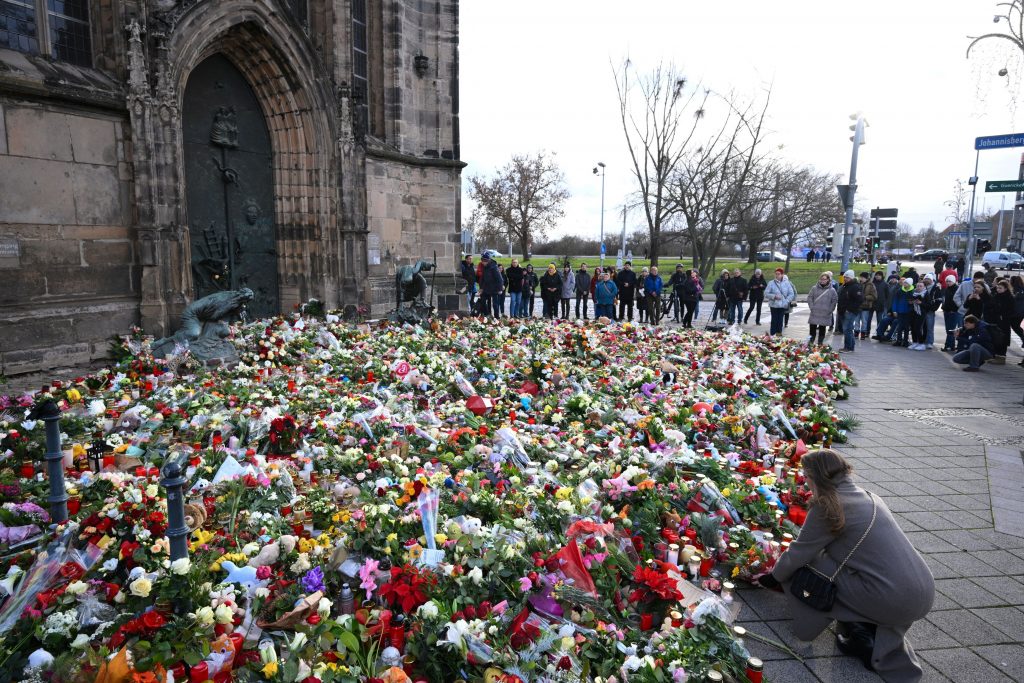Along the Arta-Trikala national road in Central Greece, winding through the rugged Tzoumerka Mountains, a forgotten place has reappeared—a village long submerged beneath the waters of the Pournari dam. After 43 years, the settlement of Fagos, once part of Kato Kalentini, has emerged from the depths.
Retreat of the Waters
As one approaches the shore, it becomes evident that the water level has dropped significantly. Ruins of stone houses and a school lie submerged in mud, while tree trunks and roots, resilient to time and water, resemble fossils. In many areas, the lakebed has completely dried up.
The water level of the Pournari artificial lake has fallen by at least 10 meters, according to locals. This is the first time such a phenomenon has occurred, as residents emphasize that it hasn’t rained for months, not since last April.
They explain that the waters once covered the primary school, which now reappears, evoking nostalgic memories of childhood, when its classrooms were filled with 120 students.
The settlement that has re-emerged, with the receding water, once had seven shops, serving a bustling community. Many families lived here before being forced to leave their homes in the early 1980s to start anew at higher elevations. The waters of the Pournari dam submerged their land, erasing their past.
The Ecosystem of Lake Pournari
Lake Pournari, covering an area of 18.3 square kilometers, was created by the construction of the hydroelectric dam on the Arachthos River, near the village of Peta. The lake has formed a remarkable artificial ecosystem, home to diverse fish and bird species.
Visitors to the area are captivated year-round by its natural beauty. The village of Kato Kalentini, nestled by the lakeside, is a picturesque spot surrounded by lush greenery, towering plane trees, and vibrant Judas trees.


